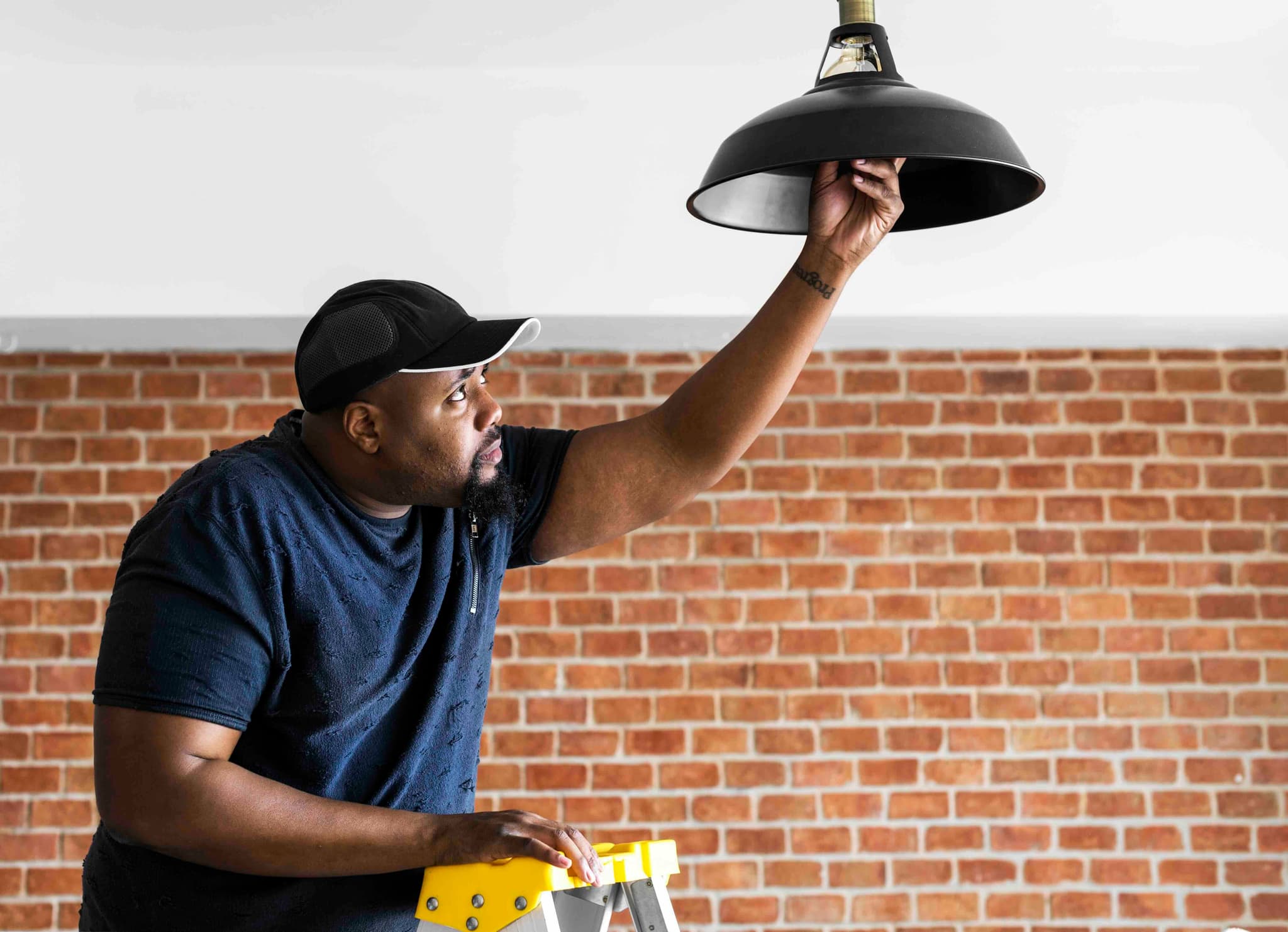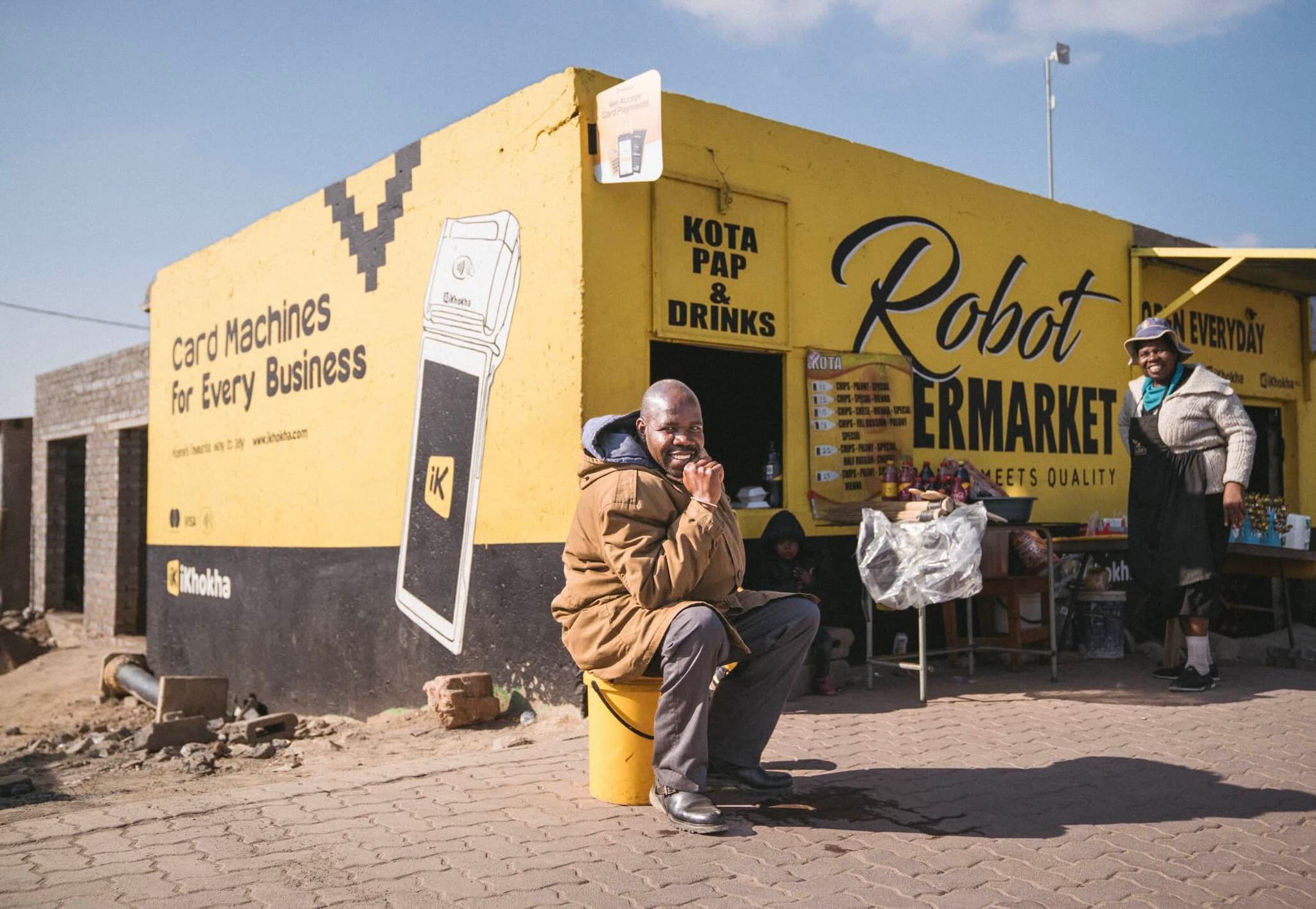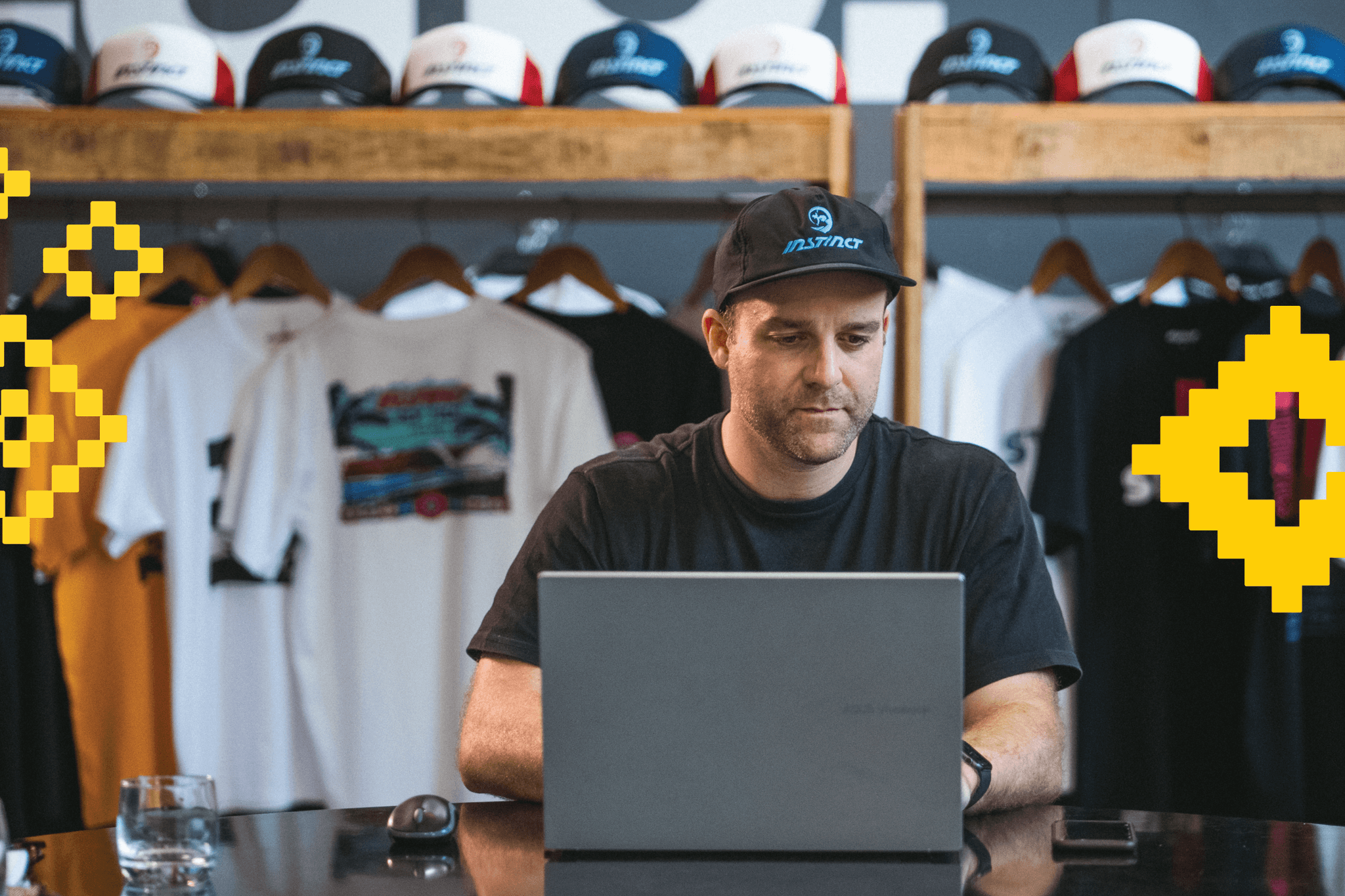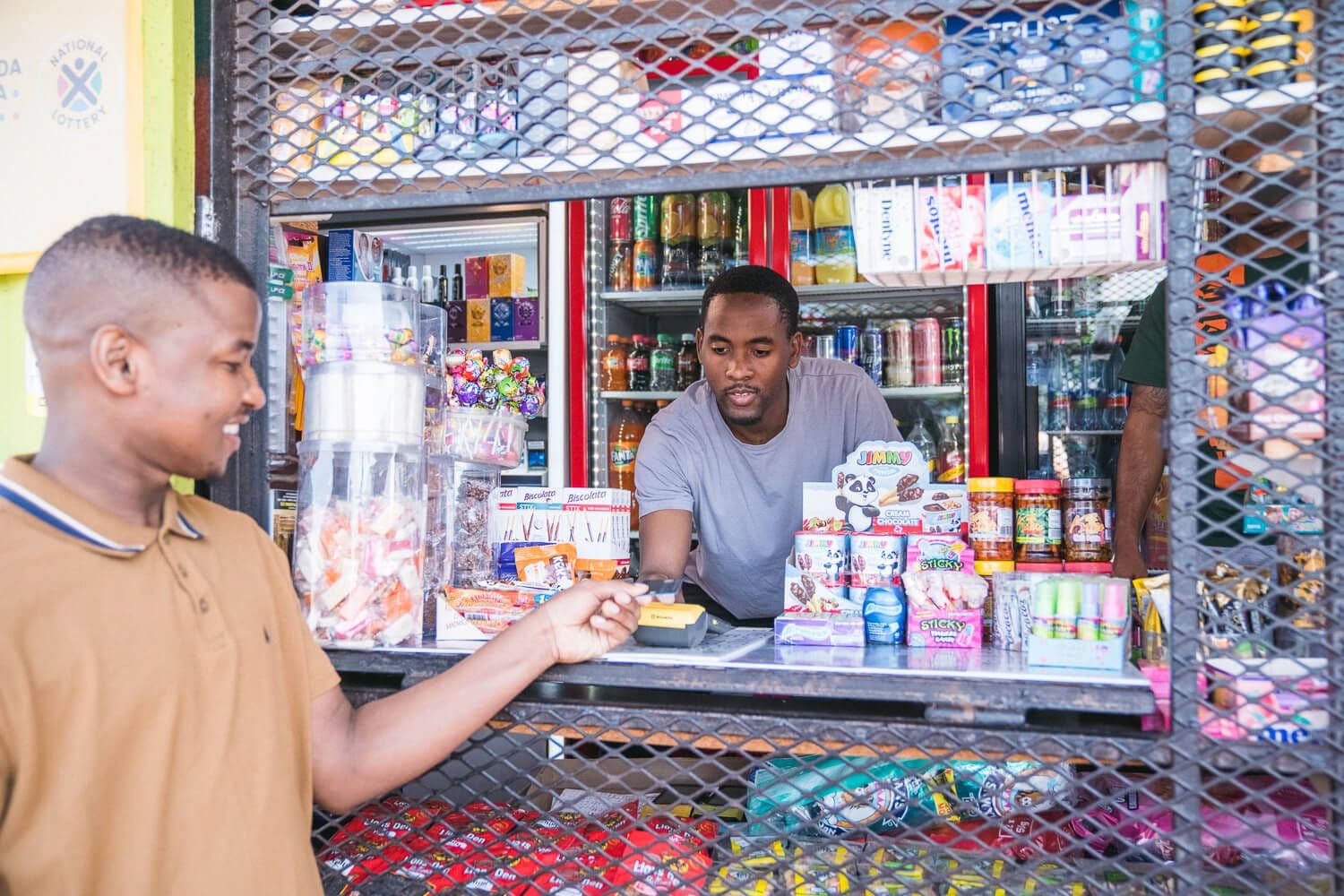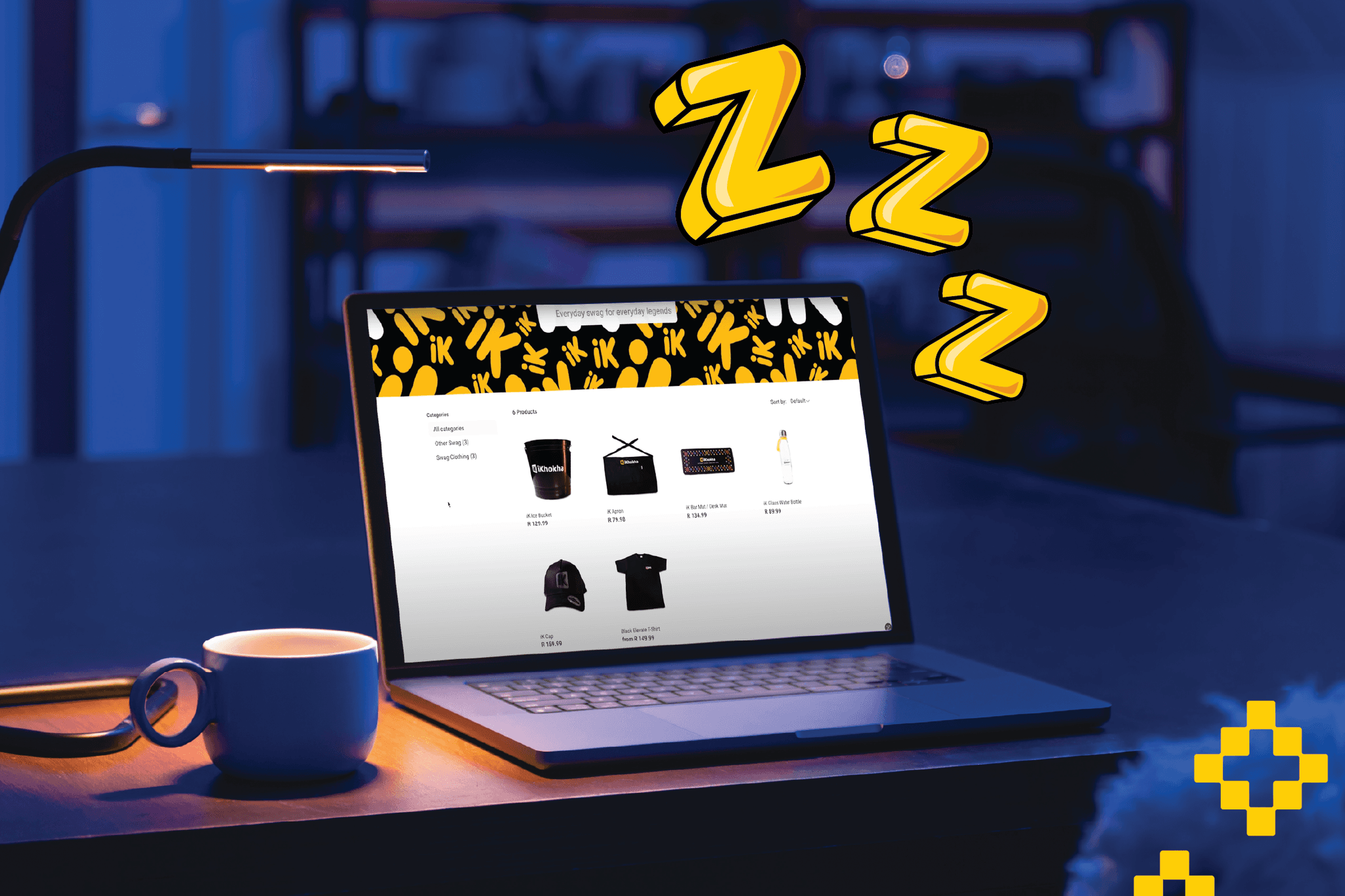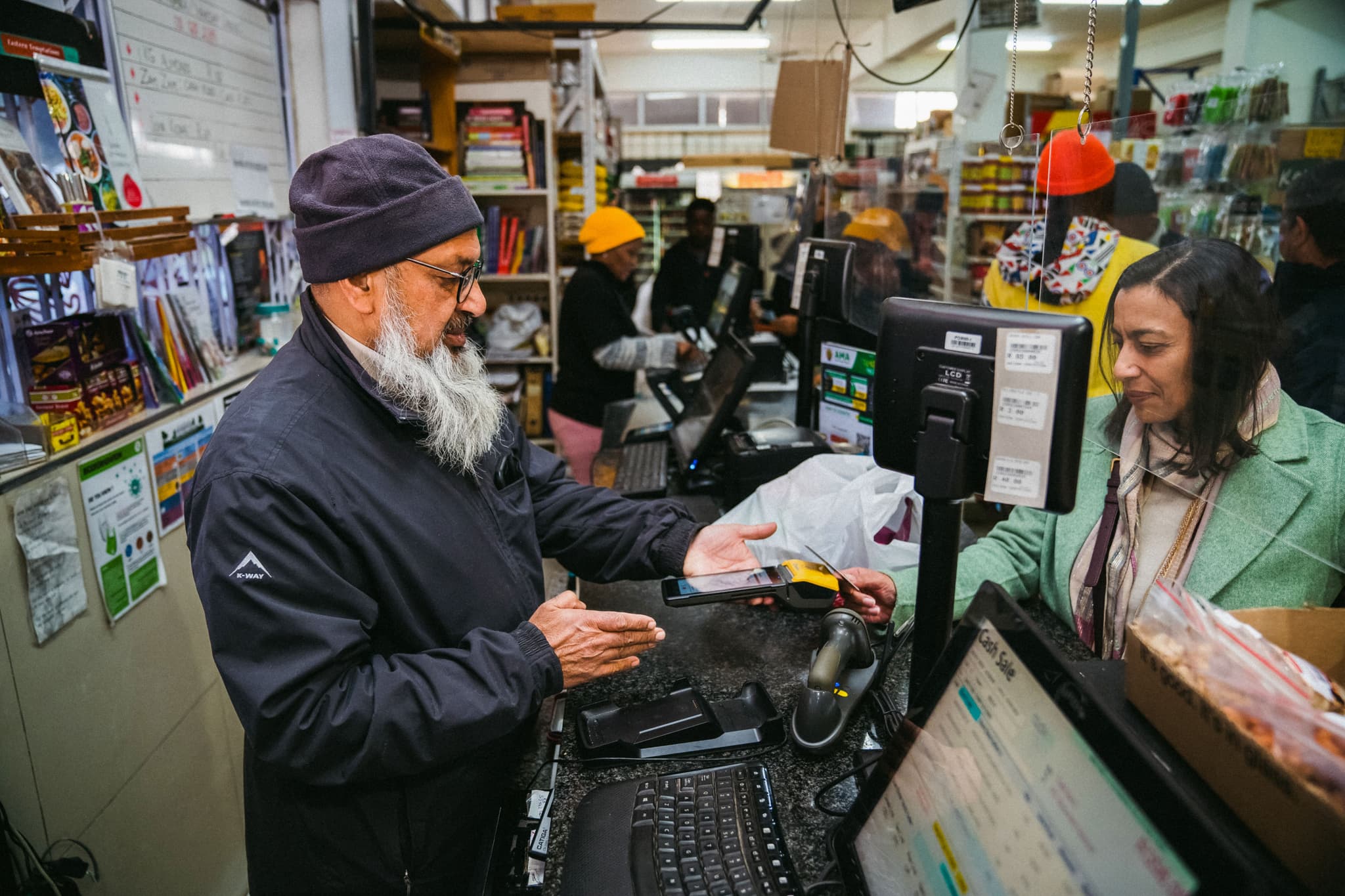
10 Powerful Market Research Tools South African Entrepreneurs Can Use
Discover 10 powerful market research tools to help South African entrepreneurs spot trends, understand customers, and outsmart competitors.
BY Yolisa Motha
Table of Content
- Introduction
- What is market research?
- 1. Google Trends: See What South Africa is Searching Right Now
- 2. Statista: Stats That Make You Look Sharp
- 3. Typeform: Surveys People Don’t Hate Filling Out
- 4. BrandMentions: What Are People Saying About You?
- 5. Meltwater: Stay on Top of African Media
- 6. AnswerThePublic: See Real Questions South Africans Ask
- 7. Crayon: Keep an Eye on Your Rivals
- 8. Hotjar: Watch How People Actually Use Your Site
- 9. Tableau: Turn Data Into Stories That Sell
- 10. Quantilope & AI Tools: Research on Steroids
- How to use these tools together
- Go from guesswork to growth
Why Market Research is Like Having a Business GPS?
Think of it like this, Imagine running a business in South Africa without research is like trying to drive from Joburg to Cape Town with no map, no GPS and no clue where the petrol stations are. You 'might' get there eventually, but it’s going to cost a whole lot of time, money and stress.
That’s where market research comes in. It helps you figure out who your customers are, what they care about, and where the gaps in your industry lie. Instead of throwing money into the wind and hoping something sticks, you can make smarter moves.
And here’s the big shift: market research used to be for corporates with million-rand budgets. Not anymore. Today, there are tools that give hustlers, side-preneurs, and small businesses the same level of insight, even if you’re just running your business from a laptop in Pretoria.
Market research helps you:
- Spot trends before your competitors do
- Understand what customers will pay for your product
- Avoid wasting cash on products no one wants
- Build a stronger brand in your industry
What is market research?
Market research is the process of collecting and analysing information about your customers, competitors, and industry so you can make smarter business decisions. Instead of guessing what people want, you use data to find out.
For South African entrepreneurs, this could mean learning:
- Which products are in demand in your community
- What price customers consider fair (R200 vs R250 makes a difference)
- How competitors are positioning themselves
- Which marketing channels actually reach your audience
In simple terms, market research is about listening before you launch. It helps you avoid costly mistakes, understand your target audience better, and spot opportunities that others miss.
So, in a country as diverse and fast-changing as South Africa, these insights are gold. Let’s dig into 10 tools that can help you grow in 2025.
1. Google Trends: See What South Africa is Searching Right Now
Starting strong, think of Google Trends as your window into the nation’s brain. It shows what South Africans are typing into Google, in real time.
Say you’re deciding whether to launch a new “vegan snack bar” or a “plant-based smoothie mix.” With Google Trends, you can instantly see which one people are searching for more. You can even zoom into various provinces, maybe Gauteng is crazy about smoothies, but Durbanites are all about snacks, Google Trends will reveal these insights.
Use it to:
- Test which product idea is hotter
- See when seasonal spikes hit (hello “Black Friday deals”)
- Compare searches between regions
- Plan content and campaigns around demand
Want to take it further? Pair what you find with How to make money online in South Africa to see which side hustles are trending.
2. Statista: Stats That Make You Look Sharp
Ever had an investor ask, “So how big is your market really?” and you freeze? Statista is the answer. It’s a global database filled with charts, graphs, and industry reports and yes, plenty of South Africa-specific data too.
If you’re in fintech, retail or food delivery, Statista helps you back up your ideas with numbers. Instead of saying, “People love coffee,” you can show a chart proving how SA’s coffee industry has grown year-on-year.
Use it to:
- Add credibility to pitches and business plans
- Understand your industry size
- Spot consumer trends
- Download ready-made charts for presentations
3. Typeform: Surveys People Don’t Hate Filling Out
We all know how boring traditional surveys can be. That’s where Typeform shines. It’s designed to feel like a conversation instead of an interrogation, which means more people actually complete it.
Imagine you’re testing new delivery options for your spaza shop in Soweto. A simple Typeform survey sent via WhatsApp could tell you if people prefer “free delivery over R500” or a flat fee of R25. That kind of data saves you from making costly assumptions.
Use it to:
- Validate which features customers actually want
- Run quick pricing polls
- Collect honest user experience feedback
- Test ideas with your social media followers
4. BrandMentions: What Are People Saying About You?
South Africans love to talk - on social media, in blog comments, in WhatsApp groups. BrandMentions scans the whole web to show where your brand (or your competitor) is being mentioned.
Say you just launched an online clothing store in Pretoria. Someone writes a blog post praising your fast delivery, while another person tweets about a sizing issue. BrandMentions makes sure you catch both.
Use it to:
- Jump on feedback before it spreads
- See how your brand reputation is evolving
- Spot competitor mentions
- Identify micro-influencers who talk about your niche
5. Meltwater: Stay on Top of African Media
Here’s the thing: a lot of global tools miss the local conversations. Meltwater plugs that gap. It picks up mentions in township newspapers, local blogs, and even niche influencers across South Africa and the continent.
If you’re trying to grow regionally, this is invaluable. Imagine spotting your brand in a Durban lifestyle blog or a community paper in Limpopo, things you’d normally miss.
Use it to:
- Track media mentions you’d never find on Google
- Analyse local press coverage
- Discover early regional trends
- Keep tabs on competitors in SA markets
6. AnswerThePublic: See Real Questions South Africans Ask
Ever wondered what’s really on people’s minds? AnswerThePublic shows you the exact questions people are typing into Google.
For small businesses, this is a goldmine. Instead of guessing what to put on your website or social pages, you can see the exact questions people are asking about your industry.
Search something like “small business funding South Africa” and you’ll uncover questions like:
- “How do I qualify for a small business loan in SA?”
- “What’s the best bank for business accounts?”
- “Where can I apply for government SME grants?”
That’s not guesswork — that’s your audience telling you what’s on their mind.
Use it to:
- Create blog content people are searching for
- Build FAQ sections on your site
- Find pain points your business can solve
- Generate ad ideas that feel human
For more inspiration, check How to start a business in South Africa.
7. Crayon: Keep an Eye on Your Rivals
If your competitor drops their prices tomorrow, would you know? Crayon makes sure you do. It tracks competitor websites, campaigns, and product launches automatically.
It’s like having a private detective that never sleeps.
Use it to:
- Spot price changes instantly
- Benchmark your own offering
- Anticipate marketing moves
- Stay sharp in sales pitches
8. Hotjar: Watch How People Actually Use Your Site
Numbers can tell you traffic is up, but they don’t tell you why people are leaving your checkout page. Hotjar does.
It shows heatmaps of where people click, scroll, or drop off. Imagine you run an online bakery in Cape Town and everyone leaves at the delivery details page. That’s a signal you need to simplify it - not spend more money on ads.
Use it to:
- Spot friction in your funnel
- Fix high bounce-rate pages
- Improve your mobile site
- Turn more visitors into customers
9. Tableau: Turn Data Into Stories That Sell
Data is only useful if people understand it. Tableau takes raw numbers and transforms them into clear, interactive dashboards.
Say you’re pitching your new fashion line to investors. Instead of showing a messy spreadsheet, you display a map of sales growth by province. Suddenly, your data tells a story.
Use it to:
- Build dashboards that show real business performance
- Visualise growth patterns
- Track customer behaviour by region
- Share clear insights with teams or investors
10. Quantilope & AI Tools: Research on Steroids
Research used to take weeks. With tools like Quantilope and AI-powered platforms, it takes days and sometimes hours.
These tools can run advanced surveys, predict customer preferences, and even segment your audience automatically. It’s like having your own research department without the massive salary bill.
Use it to:
- Run deep customer segmentation
- Predict which features people will love
- Track emotional responses to your brand
- Spot market trends before they blow up
How to use these tools together
Here’s the truth: you don’t need all 10. Start with 2–3 and build a habit of checking them weekly.
Example: Opening a coffee shop in Durban
Test the idea → Google Trends shows “speciality coffee” rising.
Get pricing feedback → Run a Typeform asking locals if they’d pay R35 or R45 for a cappuccino.
See what’s trending → Meltwater picks up local articles about café culture.
Check competitors → Crayon flags when another café launches a loyalty programme.
Optimise your site → Hotjar reveals people dropping off at the online ordering page.
Share insights → Use Tableau to show investors demand is growing.
By stacking tools smartly, you move from “I think” to “I know.”
Want more practical marketing tips? See How to market your business on social media.
Go from guesswork to growth
he challenges for South African entrepreneurs are real and this ranges from rising costs to constant competition. But so are the opportunities.
Market research isn’t about long reports or complicated data. It’s about making smarter day-to-day decisions: which product to launch, what price point will stick, and how to stay one step ahead of your competitors.
So the next step for you is to pick one tool from this list. Test it this week. Learn from the results. Then layer in another tool as you grow.
Because at the end of the day, the entrepreneurs who thrive aren’t the ones with the biggest budgets. They’re the ones who listen closely to their customers, spot shifts early, and act with confidence.








